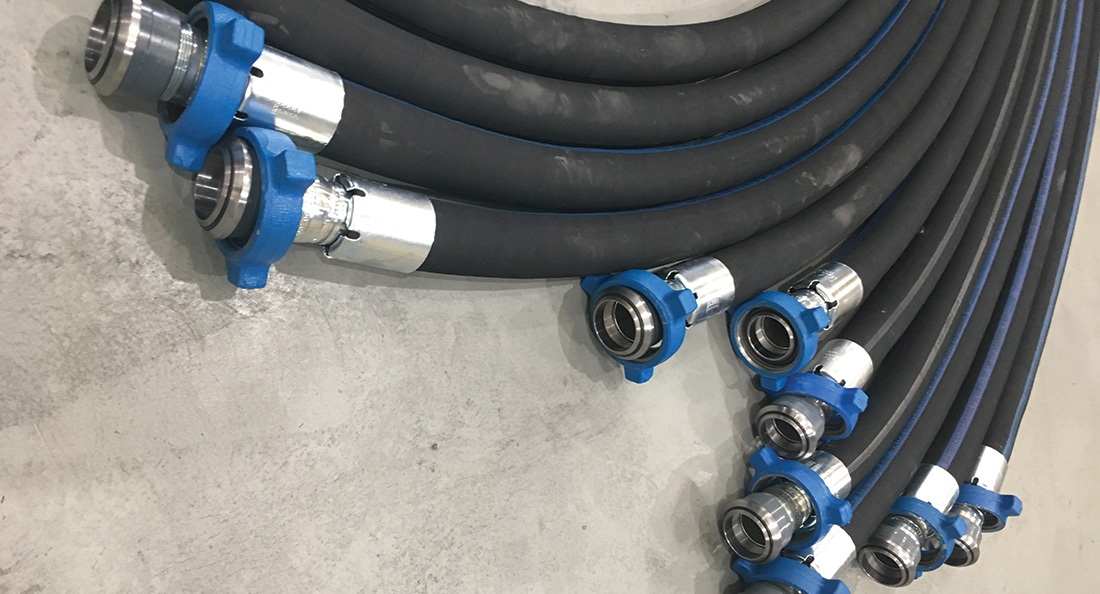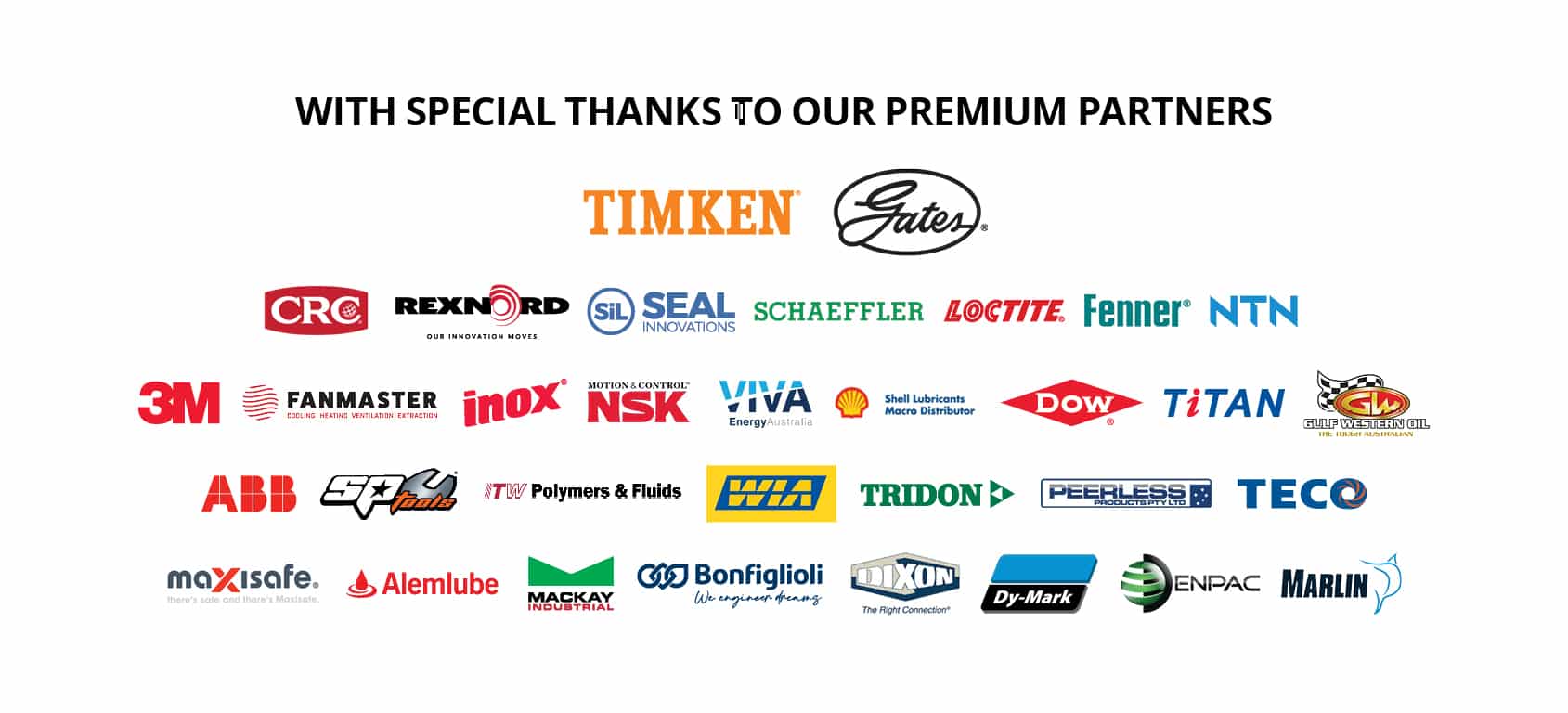
06 Mar Running water seamlessly with the right hose variables
Water transfer has both the requirement for delivery and suction hoses. Pumps require suction hoses to draw the water from one point, and then a pressure hose to transfer water to a delivery point.
Commissioning the wrong fittings or cover for an industrial transfer hose can be a costly mistake. Expertise is needed right from the point of purchase to installation, to ensure the pipe and hose fittings purchased are the correct ones for specific applications.
With many options regarding size, pressure, cover and fittings it can be easy to make mistakes when choosing an industrial transfer hose to move water and other liquid around a site.
CBC has an extensive range of hose and fitting products to suit the water treatment segment. Trained staff are also on hand to give advice and work with customers to create a transfer hose unique to each application.
“If a customer has a brand-new application and they need a recommendation for a particular hose or valve, the CBC team are there to help,” says CBC Industrial Hose Specialist, Peter Stonehouse. “We draw on the depth of knowledge we have through all of the suppliers we work with, to best service customers.”
A large part of Stonehouse’s role is to educate all staff on the features and benefits of CBC’s industrial transfer hose product range.
“All staff go through a basic training module to understand the features and benefits of the product range and from there with experience, each member starts to specialise in certain aspects whether it be pneumatics, valves, covers and many others.”
This knowledge is especially important for customers replacing existing transfer hose components.
Stonehouse emphasises that “correct hose selection is critical with changes in hose size, pressure rating, temperature, chemical resistance, and the selection of fittings to complete the hose assembly. This knowledge is especially important for customers who have experienced a hose failure.”
Mike Casey, Product Manager for Hose at Dixon Asia Pacific, also recognises the importance of expertise when choosing a hose for water transfer.
“You might have a hose suited to certain chemicals you encounter in wastewater treatment plants, but the same hose could not be used in applications involving liquid with a different chemical make-up,” Mr. Casey said.
“When you put an incorrect hose into an application and it fails not only do you have a loss of product, but you have got insurance issues, you might have personal injury issues and so on. There are a lot of technical requirements sitting behind simply getting the right components.”
After a 25-year career in the hose industry, Mr. Casey said he has identified four variables each customer needs to specify so that experts can provide exactly the right hose and components for any application.
“With any hose you will have, size ID, working temperature requirements, application and pressure requirements. Those are the four key variables,” he said.
Once these have been identified trained experts from CBC can ensure each component of the hose is correctly suited to the intended application.
“For industrial transfer hoses pressure is one of the most important factors as often when transporting liquid, the more pressure added will mean loss of flexibility. Higher pressure can also result in increased hose weight, so reinforcements might be needed to handle this increase,” Mr. Casey said.
The team at CBC can fit up complete hoses for customers at their many branches around the country. For larger hose assemblies, the CBC team will arrange for these to be done off site.
“If we are doing a large hose assembly, we would do it off site so the customer and supplier could then either fit it up, test it and account for any other customer requirements to ensure it is perfect for their fluid transfer needs,” Stonehouse said.

